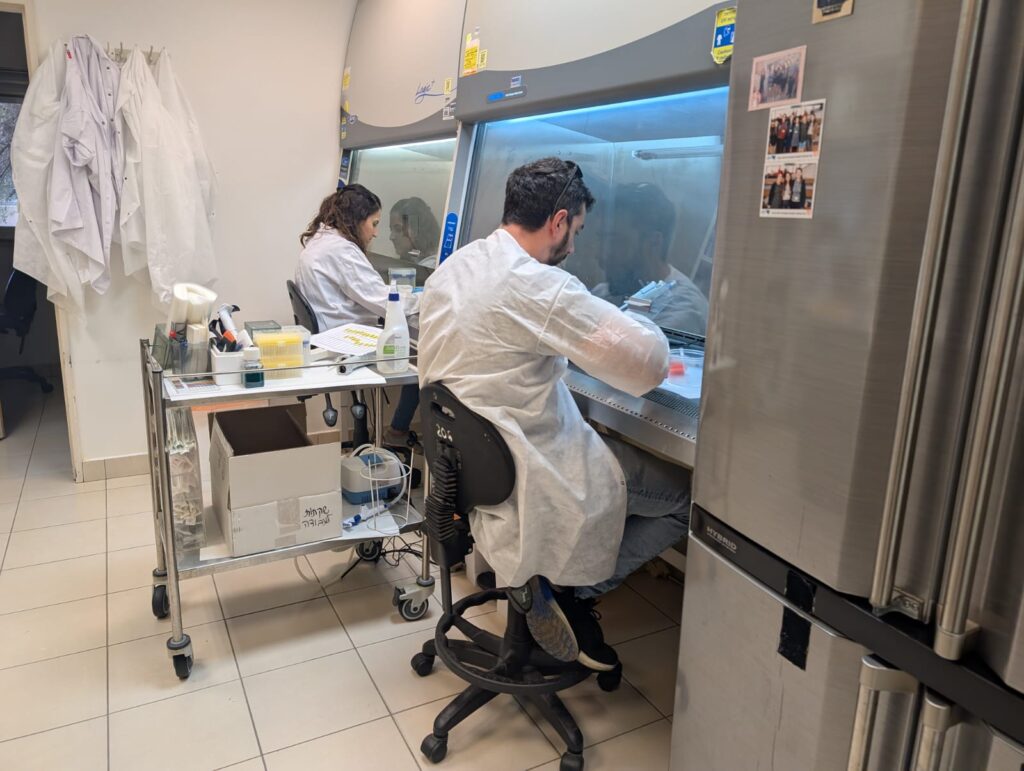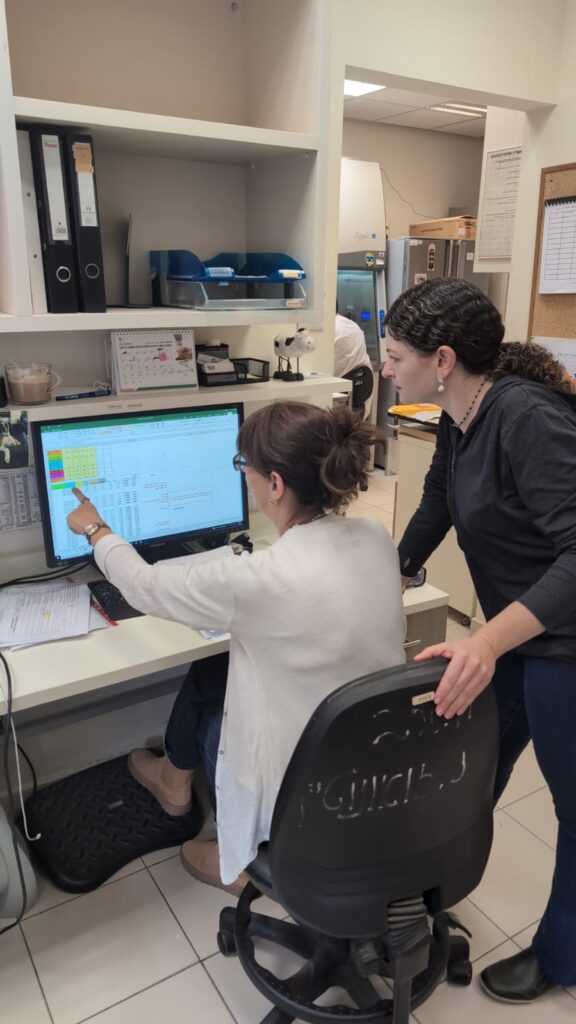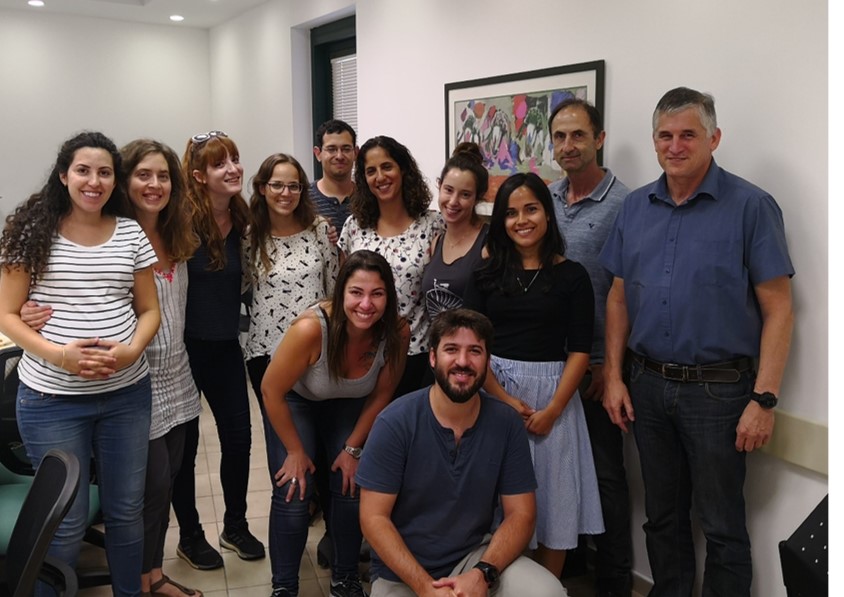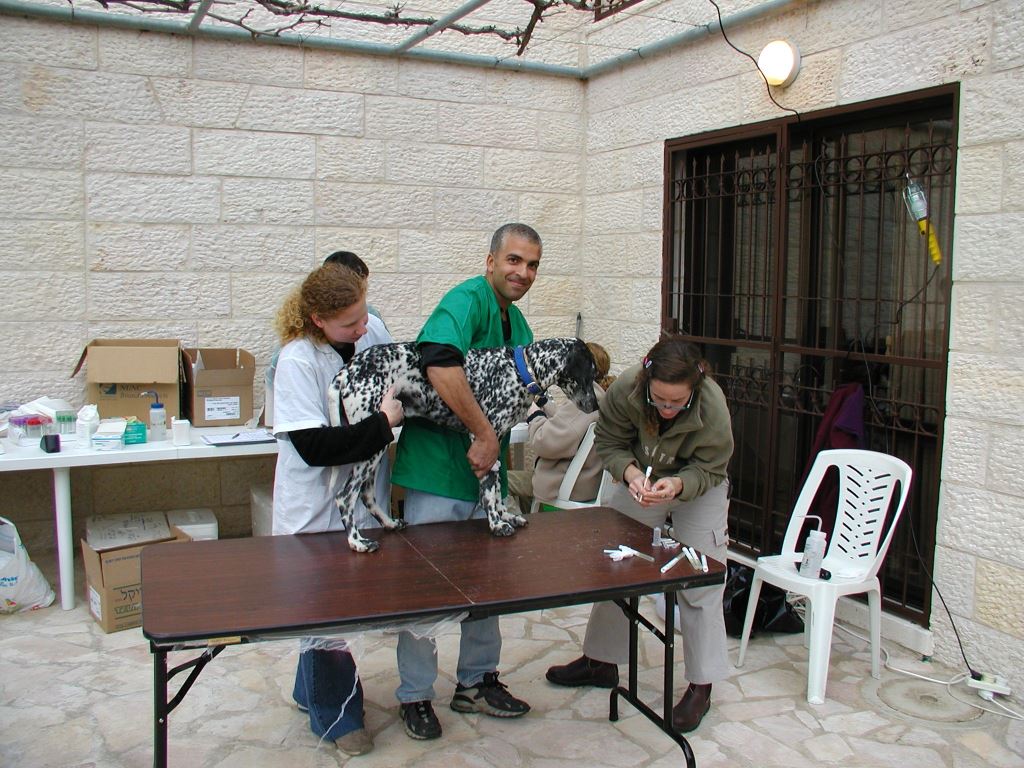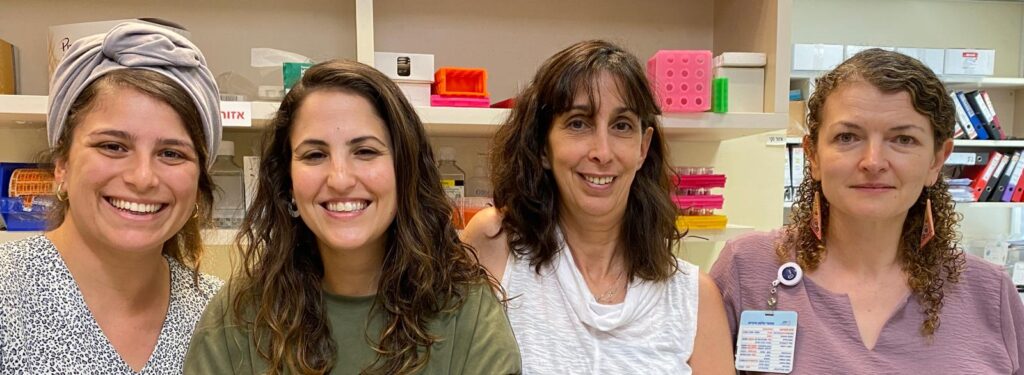Trapping site 10: Israel
Sand fly sampling collection
Our team conducts advanced sand fly trapping activities across Israel, strategically selecting sites that represent the diverse climatic zones and geographic regions of the country. Each site was selected for its significance in studying Leishmania transmission cycles unique to Israel. Our locations extend from the northernmost to the southernmost regions, offering a comprehensive perspective on the diverse ecological conditions that shape sand fly populations.
Strategically Selected Trapping Sites
- Kahal: A community located in the Galilee, north of Lake Kinneret (Sea of Galilee). This area is a focus for Visceral Leishmaniasis (VL) in Israel.
- Aderet: A community nestled in the Judean foothills of central Israel. Like Kahal, Aderet is also recognized as a focus for Visceral Leishmaniasis (VL).
- Patish: An agricultural community situated in the northwestern Negev desert of southern Israel. Patish is characterized by a high incidence of Cutaneous Leishmaniasis (CL), making it a critical site for our research.
- Southern Makhtesh Ramon: located in the southern Negev desert of Israel, is a notable geological and ecological feature. Characterized by its large, dry basins that are typically flooded only once every few years, this harsh, arid environment has recently emerged as a hotspot for cutaneous Leishmania donovani, as well as other significant findings related to sand flies.
Sand fly Collection and processing
For each trapping effort, we employ CDC light traps, considered the gold standard for sand fly collection according to the CLIMOS protocol, alongside modified CDC traps with CO2-baited updraft systems, which are integral to our national surveillance efforts. These traps are strategically positioned, with each light trap placed approximately 100 meters from its CO2-baited counterpart. Trapping is conducted over two consecutive nights each month.
Traps are placed in diverse environments—ranging from animal shelters and residential areas to public natural spaces on village perimeters and agricultural fields. In the southern regions, particularly in the isolated natural areas south of Makhtesh Ramon, traps are placed in dry riverbeds near local vegetation, areas known for their ecological significance.
To capture precise environmental data, we employ HOBO data loggers alongside our traps, recording microclimatic conditions every 2.5 minutes. This data provides us with unparalleled insights into the environmental factors that drive sand fly activity and Leishmania transmission.
Image credits: ©Ministry of Health Israel

CDC trap with CO₂ bait set in an agricultural field.
Patish, Negev, Southern Israel.
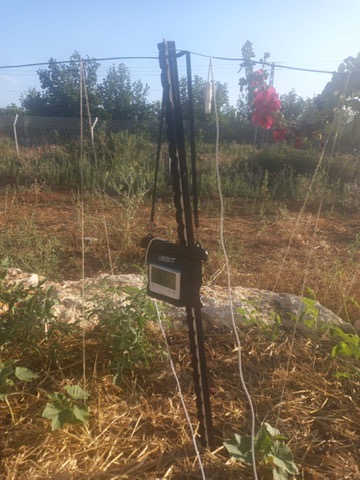
UbiBot Weather station set in Kibbutz Tzora near Aderet,
Judean Foothills, Central Israel.
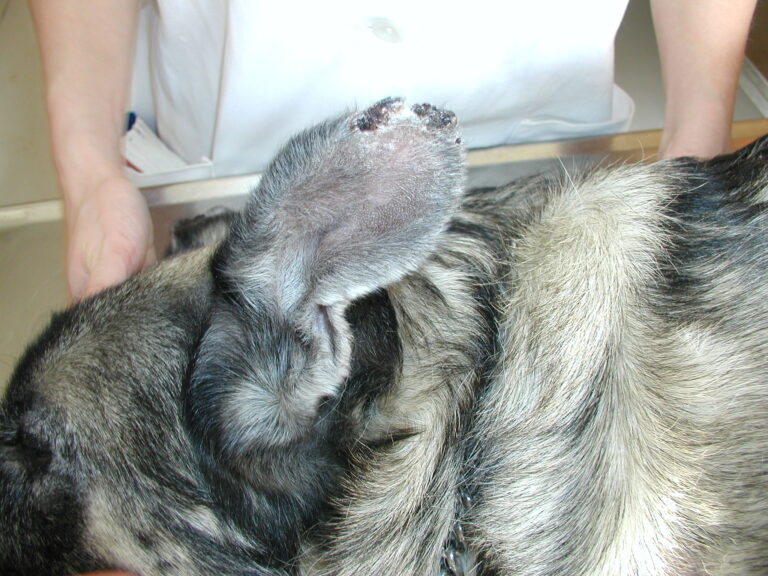
Dog with VL lesions
Prof. Gad Baneth’s lab team, Koret School of Veterinary Medicine, The Hebrew University of Jerusalem

Setting up a CDC light trap in desert vegetation.
Southern Makhtesh Ramon, Negev Desert, Southern Israel.
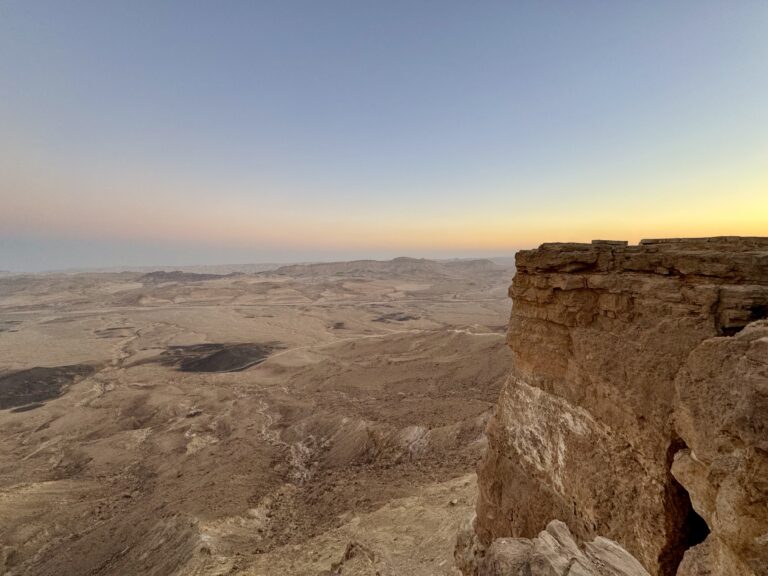
Scenic view of the Makhtesh Ramon.
Negev Desert, Southern Israel.
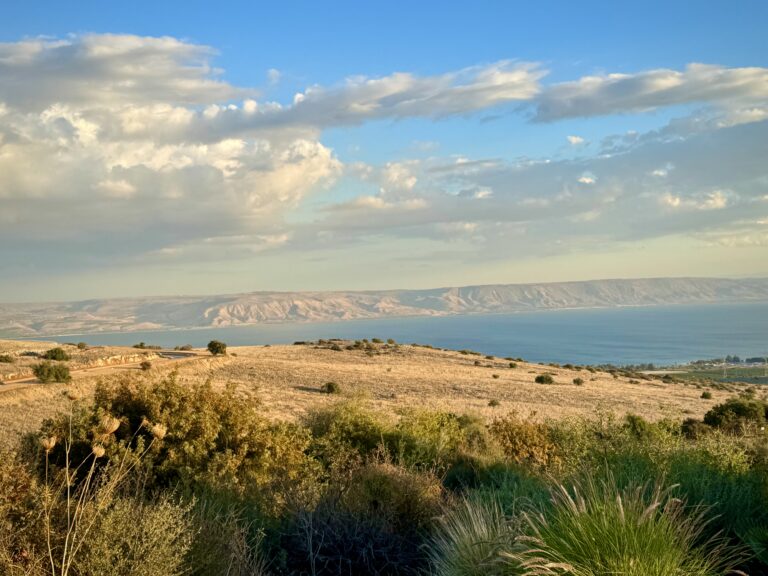
A timeless view of the Sea of Galilee, where prophets walked, miracles unfolded, and history was written, a land where Leishmania thrives in hidden hosts.
Kahal, Upper Galilee, Northern Israel
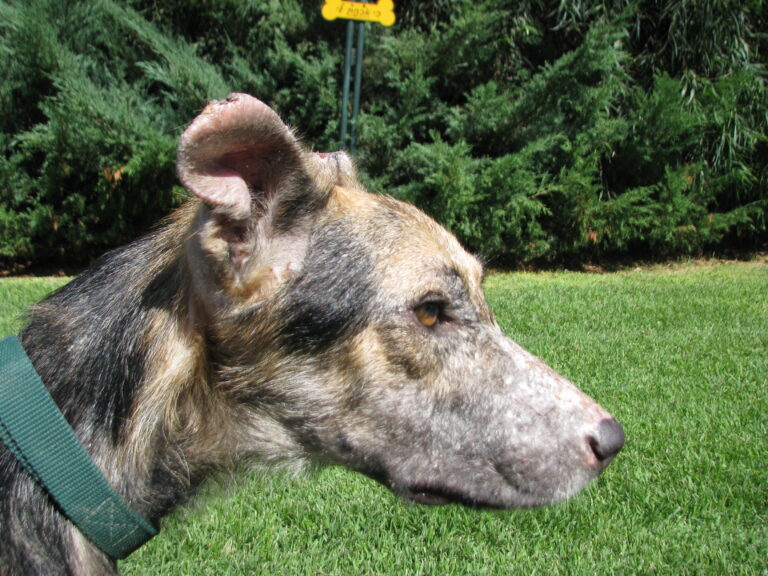
Picture 4
Dog with VL lesions
Prof. Gad Baneth’s lab team, Koret School of Veterinary Medicine, The Hebrew University of Jerusalem

CDC light trap set in shrubland vegetation.
Kahal, Upper Galilee, Northern Israel.

Fieldwork, Road cutting through desert hills.
Southern Makhtesh Ramon, Negev Desert, Southern Israel.

Desert gazelle wandering through the arid landscape.
Southern Makhtesh Ramon, Negev Desert, Southern Israel

Where Leishmania finds its hosts
Aderet, Judean Foothills, Central Israel.
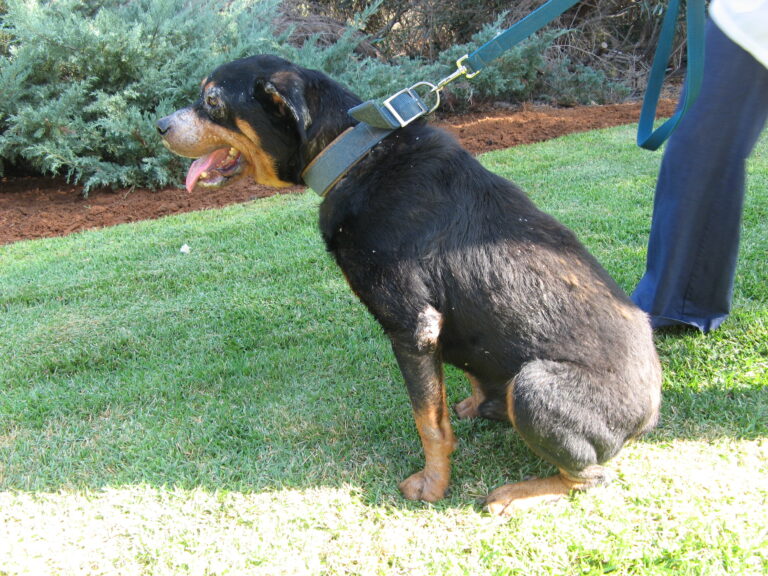
Dog with VL lesions
Prof. Gad Baneth’s lab team, Koret School of Veterinary Medicine, The Hebrew University of Jerusalem

Setting up a CDC light trap near a livestock facility.
Patish, Negev, Southern Israel.

CDC light trap set in an agricultural field.
Patish, Negev, Southern Israel.

Camels resting in the desert.
Negev Desert, Southern Israel.
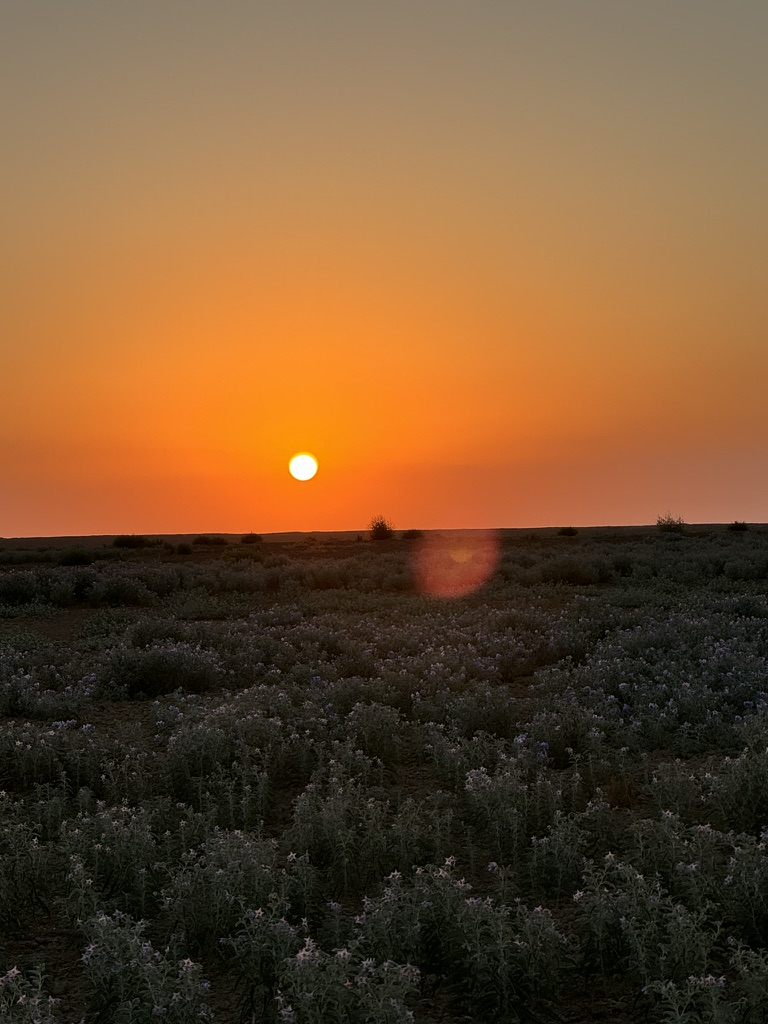
Sunset over the Negev Desert.
Patish, Negev, Southern Israel.

CDC trap with CO₂ bait.
Patish, Negev, Southern Israel.

Golden sunset over the timeless landscape
Paran Stream, Southern Makhtesh Ramon, Negev Desert, Southern Israel.
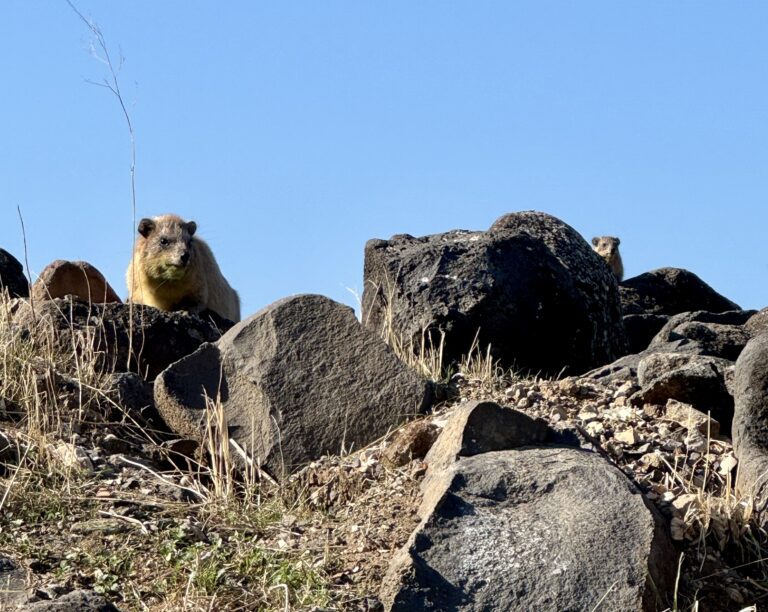
Rock hyrax (Procavia capensis), a natural host of Leishmania tropica, blending into the rocky terrain.
Korazim National Park, Upper Galilee, Northern Israel.
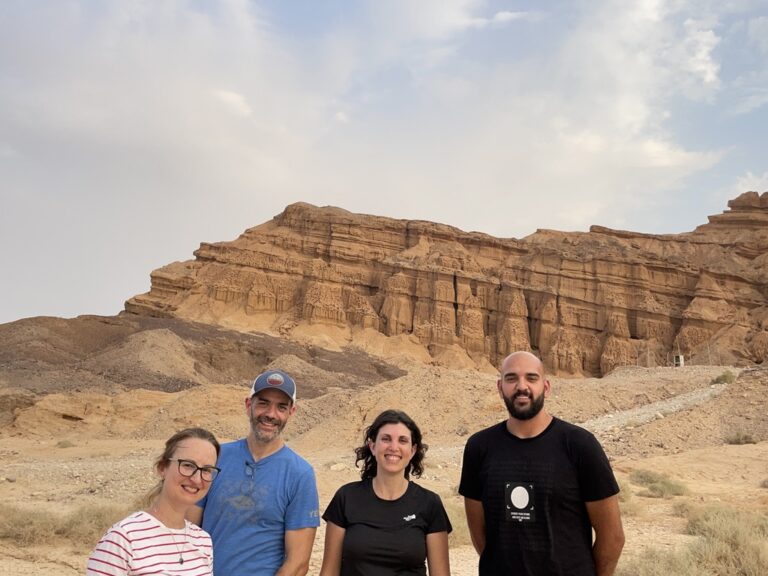
Fieldwork team, Shirli, Liora, Hamzi and Oscar.
Southern Makhtesh Ramon, Negev Desert, Southern Israel.

Site for sand fly surveillance: CDC light trap set in rocky, arid terrain.
Paran Stream, Southern Makhtesh Ramon, Negev Desert, Southern Israel.

Unlocking field secrets: Processing sand fly traps.
Southern Makhtesh Ramon, Negev Desert, Southern Israel.
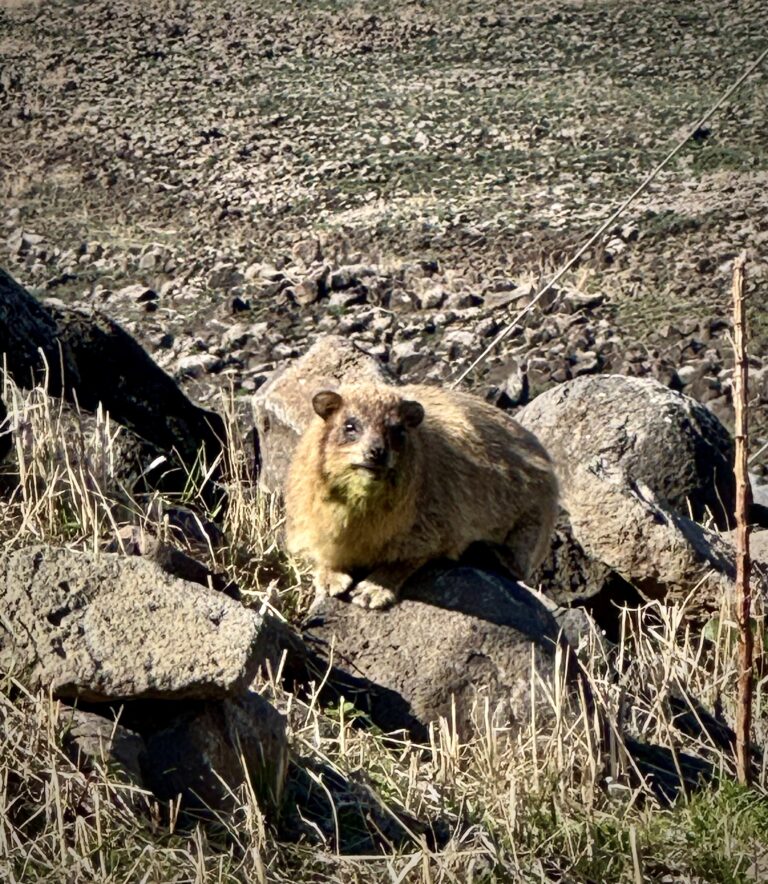
Rock hyrax (Procavia capensis), a key reservoir of Leishmania tropica, basking on the rocks.
Korazim National Park, Upper Galilee, Northern Israel.

Unlocking field secrets: Processing sand fly traps.
Southern Makhtesh Ramon, Negev Desert, Southern Israel.

CDC light trap set under desert vegetation.
Nekarot River, CDC Light Trap_Southern Makhtesh Ramon
Nekarot Stream, Southern Makhtesh Ramon, Negev Desert, Southern Israel.

Fieldwork, organizing traps and equipment before field deployment.
Southern Makhtesh Ramon, Negev Desert, Southern Israel.

CDC light trap set in downdraft position in a cow shed.
Patish, Negev, Southern Israel.

CDC light trap with HOBO logger weather monitoring system.
Patish (Moshav - a cooperative farming community), Negev, Southern Israel.
High-Precision Sand Fly Processing and Identification in the Lab
Once collected, sand flies are carefully transported alive to the Ministry of Health entomology laboratories in Jerusalem. Upon arrival, they are promptly stored at -20°C. The identification process in the laboratory is highly systematic, with each sand fly being classified by species and sex under rigorously controlled cold chain conditions to ensure the accuracy and reliability of the data collected.
Our laboratory utilizes high-throughput robotic technology to process sand fly samples, ensuring efficient preparation for molecular analysis. This advanced approach allows us to test for Leishmania infections, blood meal characterization, and sand fly molecular identification, in addition to traditional taxonomical identifications. Female sand flies are individually placed in tubes, while males are pooled by species, ensuring accurate data categorization. All samples are securely stored at -80°C for advanced testing.
In collaboration with the National Center for Zoonotic Viruses at the Central Virology Laboratory of the Ministry of Health at Sheba Medical Center, we also test samples for phlebovirus infections. Our meticulous methodology guarantees the delivery of reliable data, accelerating our research into vector-borne diseases.
By leveraging cutting-edge technology and adhering to high standards of quality, we strive to contribute valuable insights to the fields of entomology and vector-borne diseases, setting a high benchmark for research both in Israel and internationally.
Image credits: © J.Sevila/URCA/CLIMOS
Results
Sites characteristics and months of activity
| Trapping sites | Geographic region | Koppen climate classification | Months of trapping activity | Typical Leishmania parasites | Altitude~(m) |
|---|---|---|---|---|---|
| Kachal | Lower galilee | Hot summer Mediterranean | April - December | Leishmania tropica, Leishmania infantum | 137 |
| Aderet | Judean foothills | Hot summer Mediterranean | April - December | Leishmania infantum | 421 |
| Patish | North-Western Negev | Hot semi-arid climate | April - December | Leishmania major | 100 |
| Southern Makhtesh Ramon | Southern Negev desert | Hot desert climate | April - December | Leishmania donovani, Leishmania tropica, Leishmania major | 270-490 |
Preliminary results 2023
CDC light traps
| Trapping sites | Total no of traps | No of trapping nights | Traps with sand fly presence | Total no of sand flies | Total no of males | Total no of females | Total no of blood fed females | Prop. of blood fed females | Female/Male ratio |
|---|---|---|---|---|---|---|---|---|---|
| Aderet | 50 | 6 | 94% | 401 | 149 | 252 | 17 | 6.75% | 1.69 |
| Kachal | 43 | 6 | 95% | 1882 | 998 | 884 | 415 | 46.95% | 0.89 |
| Patish | 27 | 4 | 85% | 358 | 184 | 174 | 16 | 9.20% | 0.95 |
| Southern Makhtesh Ramon | 22 | 4 | 100% | 1853 | 532 | 1321 | 55 | 4.16% | 2.48 |
CDC traps baited with CO2
| Trapping sites | Total no of traps | No of trapping nights | Traps with sand fly presence | Total no of sand flies | Total no of males | Total no of females | Total no of blood fed females | Prop. of blood fed females | Female/Male ratio |
|---|---|---|---|---|---|---|---|---|---|
| Aderet | 51 | 7 | 98% | 2834 | 1026 | 1808 | 67 | 3.71% | 1.76 |
| Kachal | 48 | 6 | 100% | 7977 | 2427 | 5550 | 226 | 4.07% | 2.29 |
| Patish | 36 | 5 | 100% | 35762 | 9024 | 26738 | 1156 | 4.32% | 2.96 |
| Southern Makhtesh Ramon | 30 | 4 | 100% | 6171 | 1060 | 5111 | 38 | 0.74% | 4.82 |
Sand Fly Species Diversity and Leishmania Transmission in Israel
Israel hosts a diverse fauna of sand fly species, which play key roles in the transmission of four Leishmania species: Leishmania major, Leishmania tropica, Leishmania infantum, and Leishmania donovani. Each of these species has a unique transmission cycle involving specific sand fly vectors and reservoir hosts, leading to various clinical manifestations across the country.
Our trapping efforts have revealed significant species diversity, including Phlebotomus papatasi, the primary vector for Leishmania major, and Phlebotomus sergenti and Phlebotomus arabicus, which transmit Leishmania tropica—associated with rock hyraxes as primary hosts. In the Mediterranean regions, Phlebotomus perfiliewi gallilaeus, Phlebotomus syriacus, and Phlebotomus tobbi are considered linked to the transmission of Leishmania infantum, the cause of visceral Leishmaniasis.
A noteworthy discovery is the emergence of Leishmania donovani in southern Israel, likely transmitted by Phlebotomus alexandri and maintained by hares as reservoir hosts. This finding underscores the complexity of Leishmania transmission in Israel and the importance of understanding the ecological relationships that sustain these cycles.
The graphs depict the distribution of sand fly species captured at each site.













